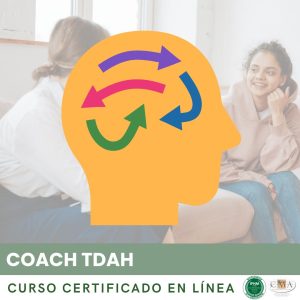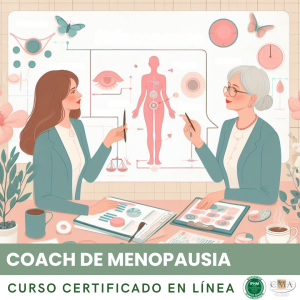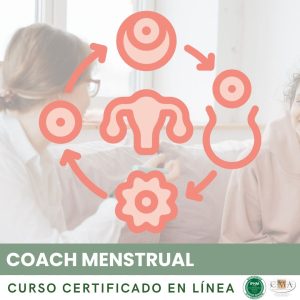
Defining the objectives and the course of the session is a fundamental step in the design of a laughter therapy intervention. The aim is to clarify the intentions and the desired outcomes, while consistently and realistically planning the different activities.
Firstly, the facilitator must identify the needs and expectations of the participants. This involves a prior analysis of the context and audience: age, physical condition, psychological state, group dynamics, specific constraints… An upfront exchange with the sponsors or the participants themselves allows for a better understanding of their motivations and objectives. Is it about managing stress, strengthening team cohesion, stimulating creativity, improving well-being?
Based on this, the facilitator can set specific and measurable objectives for the session. Rather than vague objectives like “having a good time” or “laughing together”, it is preferable to aim for concrete and observable results. For example: “at the end of the session, the participants will be able to practice at least 3 simulated laugh techniques” or “the participants will report a decrease of at least 2 points on a stress scale of 1 to 10”. SMART goals (Specific, Measurable, Achievable, Realistic, and Time-bound) are a valuable tool.
Once the objectives are established, the facilitator can plan the timing and sequence of activities. This involves structuring the session in a logical and progressive manner, taking into account the different key stages mentioned in the previous sub-module (welcome, warm-up, exercises, closure, debriefing). The choice of exercises and games must be consistent with the objectives and adapted to the profile of the participants. The facilitator ensures to alternate rhythms and intensity levels to maintain commitment without exhausting the group. Regular breaks are scheduled to allow for recovery and integration.
Planning should also include a certain flexibility to adapt to unforeseen events and participants’ reactions in real time. The facilitator can plan variations and options to adjust the course according to the group’s emerging dynamics and needs. It’s important not to be rigid on the established plan, while keeping focused on the objectives.
Lastly, the facilitator anticipates the material and logistical aspects: choice of a suitable space, necessary equipment, comfort conditions (temperature, hydration…), time management and transitions. A check-list can be useful to not forget anything.
In summary, a clear definition of objectives and a structured course of the session are key success factors for a laughter therapy intervention. This allows the facilitator to have an overall vision and a guideline, while being focused on the needs and outcomes. Good preparation upfront promotes the flow and quality of the animation, as well as the achievement of the objectives aimed for the participants.
Key takeaways:
– Clearly defining objectives and proceedings is crucial for a successful laughter therapy session.
– The prior analysis of the context and the participants’ needs allows for setting specific and tailored objectives.
– Objectives should be SMART: Specific, Measurable, Achievable, Realistic, and Time-bound.
– The session’s flow should be structured in a logical and progressive manner, alternating rhythms and scheduling breaks.
– The choice of exercises and games must be consistent with the objectives and the participants’ profile.
– A certain amount of flexibility is necessary to adapt to unforeseen events and group dynamics.
– Anticipating material and logistical aspects promotes a smooth animation.
– Good preparation allows the facilitator to have an overall vision, to be focused on the outcomes, and to achieve the aimed objectives.
👉 To download docx (Editable) file click here : Click here
👉 To download PDF file click here : Click here
👉 To download MP3 file click here : Click here




